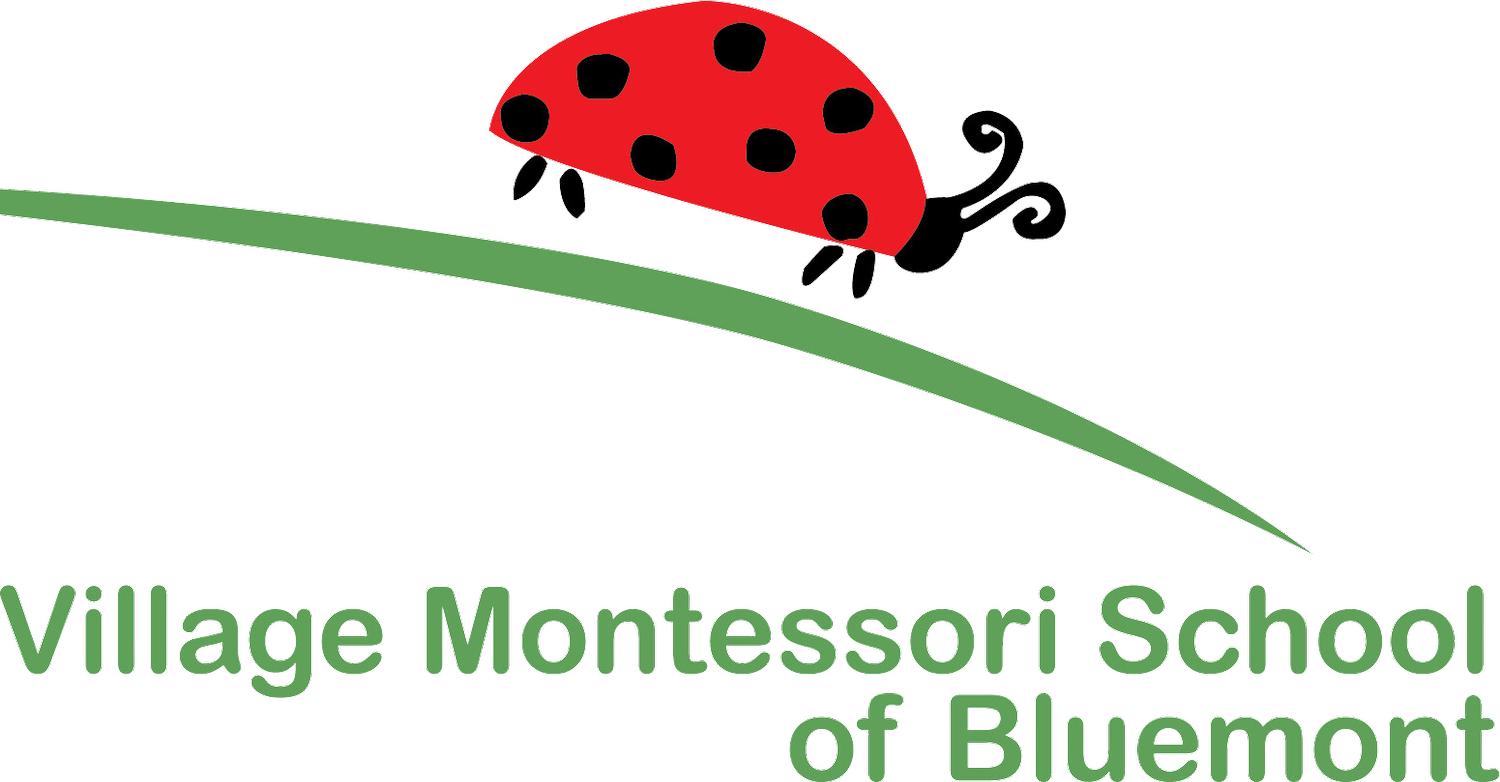Exploring the Unique Outdoor Classroom Program at Village Montessori School
The environment plays a crucial role in shaping a child's learning journey. Village Montessori School (VMS) has successfully harnessed the transformative power of nature through our unique Outdoor Classroom program. This initiative, a key element in our holistic educational framework, allows our students to dive into nature's wonders and explore its multifaceted classroom.
Diving into The Outdoor Classroom Program
The heart of the Outdoor Classroom program at VMS lies in its ability to blend academic learning with nature's experiential wisdom. It features an array of outdoor activities, each intricately designed to immerse students in the splendor of the natural world surrounding our school.
Our approach encourages community participation, with students, parents, and teachers joining forces to nurture vegetable, herb, and flower gardens each year. This active engagement not only cultivates a sense of responsibility but also strengthens the bond between our students and the world they inhabit.
The program extends beyond gardening. Students regularly take hikes along the school's nature trails, observing and learning from the seasonal changes in the landscape, the indigenous plants, and signs of wildlife. This hands-on exploration fosters a deep appreciation for biodiversity and environmental conservation, an essential lesson for the leaders of tomorrow.
Community Involvement and Creating Impact
We at VMS are firm believers in the power of community involvement. Our families frequently gather to contribute to the outdoor setting, participating in activities ranging from trail grooming to our annual "plant a bulb day".
Moreover, our Outdoor Classroom program enables students to indulge in various outdoor projects, from artistic pursuits like painting and drawing to practical skills such as woodworking and building. It's the freedom to choose that empowers our students, allowing them to develop a balanced set of skills, underpinned by creativity and innovation.
Greenworks! Grant and The Village of Pollen
Our commitment to an eco-friendly learning environment was recognized with a Greenworks! grant from Project Learning Tree. This grant facilitated the creation of our Pollinator Garden, aptly named "Village of Pollen" by our students.
Our students took the lead in researching, planning, and creating this unique addition to the Outdoor Classroom, supported by a team of dedicated parent volunteers. The garden, teeming with native plants in three distinct settings (meadow, woodland, and pondside), provides a welcoming habitat for native pollinators.
We extend our heartfelt gratitude to our community partners, Abernethy & Spencer Greenhouses of Lincoln and Local Wood of Berryville, who were instrumental in the development of the Village of Pollen.
Conclusion
At Village Montessori School, we believe in education that extends beyond traditional classrooms and into the richness of the natural world. Our Outdoor Classroom program is a testament to this belief, providing a dynamic, hands-on learning experience that cultivates a profound respect for nature and its myriad lessons.
Isn't it time we rethink education and embrace the wonder of outdoor learning? If you're ready to explore further, connect with us today. Because at Village Montessori, we're not just teaching - we're nurturing future stewards of the earth.




